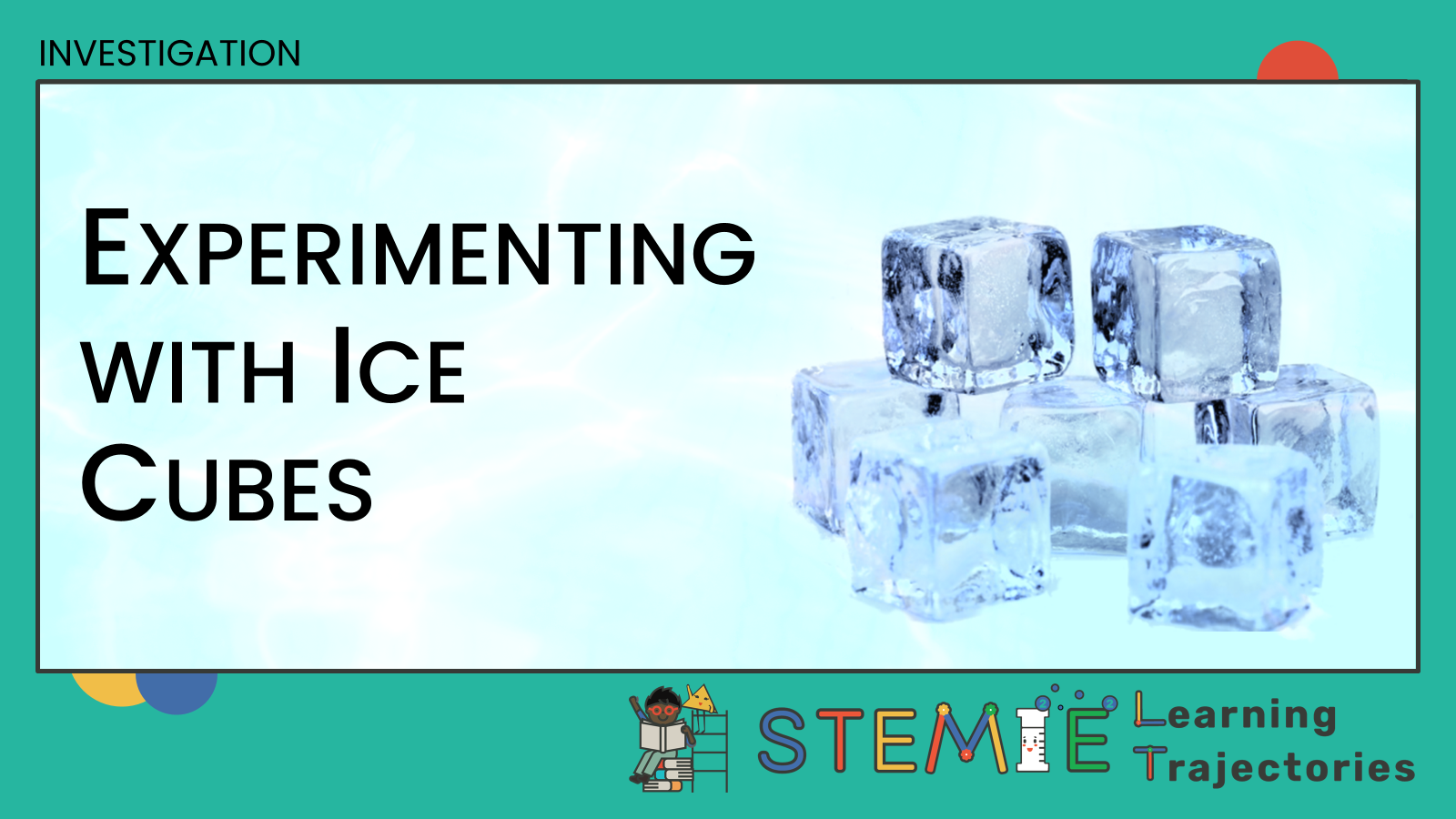LnRiLWZpZWxke21hcmdpbi1ib3R0b206MC43NmVtfS50Yi1maWVsZC0tbGVmdHt0ZXh0LWFsaWduOmxlZnR9LnRiLWZpZWxkLS1jZW50ZXJ7dGV4dC1hbGlnbjpjZW50ZXJ9LnRiLWZpZWxkLS1yaWdodHt0ZXh0LWFsaWduOnJpZ2h0fS50Yi1maWVsZF9fc2t5cGVfcHJldmlld3twYWRkaW5nOjEwcHggMjBweDtib3JkZXItcmFkaXVzOjNweDtjb2xvcjojZmZmO2JhY2tncm91bmQ6IzAwYWZlZTtkaXNwbGF5OmlubGluZS1ibG9ja311bC5nbGlkZV9fc2xpZGVze21hcmdpbjowfQ==
LnRiLWZpZWxkW2RhdGEtdG9vbHNldC1ibG9ja3MtZmllbGQ9ImZlZjgwM2JjYjFkZDBkNGRhZjhjYTA4MGI0MjM5OGYyIl0geyBmb250LXNpemU6IDE2cHg7IH0gIC50Yi1maWVsZFtkYXRhLXRvb2xzZXQtYmxvY2tzLWZpZWxkPSI0ODk1MjQ5YjdlNzBhYjEwZWYyMDI3YTBiOTA1Y2IyYyJdIHsgZm9udC1zaXplOiAxNnB4OyB9ICAudGItZmllbGRbZGF0YS10b29sc2V0LWJsb2Nrcy1maWVsZD0iYWQ0NjBiZTM1Y2ZmOThiOGJmNTYwZDFlMTE0ZDk2YTciXSB7IGZvbnQtc2l6ZTogMTZweDsgfSAgLnRiLWZpZWxkW2RhdGEtdG9vbHNldC1ibG9ja3MtZmllbGQ9Ijg4OGIzN2IwYjUxYWJhY2Y5NDkxYzA5OGQ4ZDEwMjY3Il0geyBmb250LXNpemU6IDE2cHg7IH0gICAgQG1lZGlhIG9ubHkgc2NyZWVuIGFuZCAobWF4LXdpZHRoOiA3ODFweCkgeyAgICAgICAgfSBAbWVkaWEgb25seSBzY3JlZW4gYW5kIChtYXgtd2lkdGg6IDU5OXB4KSB7ICAgICAgICB9IA==
Investigation: Experimenting with Ice Cubes
Description
Make homemade ice-markers with water and food coloring and use this activity to discuss states of matter.
Environment
- Provide adaptive seating so all children are comfortable and able to access the materials.
- Set up a boundary around the coloring area to help children know where to color.
Materials
- Provide smaller, easier-to-hold pitchers or cups for children to use to pour water.
- Ensure the material used as a handle for ice-markers is easily graspable by all children.
- Use dark and highly contrasting colors to help children differentiate the colors.
- Provide gloves for children who might not want to touch cold or have color on their hands.
Instruction
- Provide visuals of solid and liquid.
- Use visuals that demonstrate the steps to making the coloring tools (pouring, mixing, sticking the handle in, etc.
- Break the task down into small steps.
Download
STEM Ideas/Words

